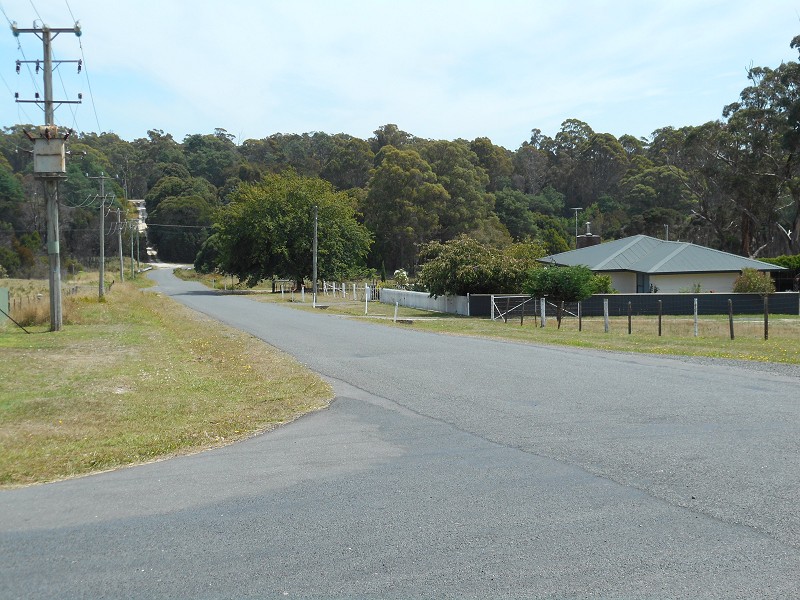Two miles more, and we emerge from the forest into a few acres of cleared ground. How changed is the scene! Thirty houses–more like sheds with full dome roofs–stand on both sides of a long narrow street. Each house has the same architecture, or the want of it. Each is built close against its neighbour as if appealing for protections. There are no fences, no gardens, no comfortable look about any. One or two seem to hide away behind poles which may be embryo verandahs. Inside the rooms are small, and crowded with all sorts of things, useful and otherwise. Celestials in European clothes are popping in and out, and if bland smiles are evidence of happy, good nature, these citizens of Chinatown are full of it. Every house sports its Chinese lantern and red paper with Chinese hieroglyphics printed thereon. Fruit, sweets, soups, and all manner of refreshments are given liberally to visitors, and the whole place is a hum of activity.
Leaving the one main street we go a few hundred yards to a separate building of larger dimensions. This is the josshouse. Hundreds of visitors are round about it and here, too, we find most of the Chinese congregated. Beautiful and costly lanterns are hung by the josshouse door. Round some lanterns are paper mandarins, etc. revolving on stately procession. Inside the building one is almost overcome with the strong incense and heated air from multitudes of burning tapers. Heavily decorated silks. etc. shut off most of the end view, where, perhaps, Joss himself has his abode for the time. Most of the decorations are very elaborate, and some are exceedingly beautiful. About thirty yards in front of the josshouse stands a huge gallows, so high that our thoughts go back to the story of Haman; a long rope from the cross has a suggestive look too. While are looking and wondering at all this a fearful sound splits the air besides.
Rest of story.
The Mercury, 1 March 1912

Tin Pot Row, Chinese Tin Miners’ at Garibaldi
Weekly Courier, 21 May 1914








